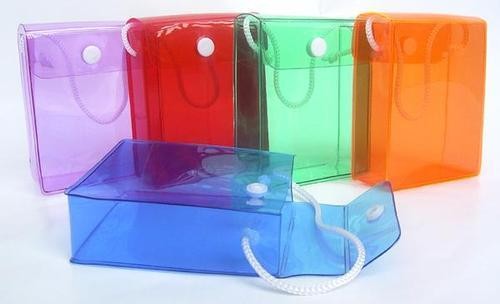Relief printing is a captivating art form that has been practiced for centuries, allowing artists to create intricate designs and reproduce them with precision. In this blog post, we will delve into the world of relief printing and explore two prominent techniques: woodcut and linocut. By understanding the characteristics and processes involved in each method, you will gain a deeper appreciation for the artistry and craftsmanship behind relief printing.
- Woodcut Printing:
Woodcut printing is one of the oldest forms of relief printing, dating back to ancient China. It involves carving a design onto a block of wood, leaving the raised areas that will be inked and printed. Here are some key aspects of woodcut printing:
a. Material Selection:
Choosing the right type of wood is crucial for achieving optimal results. Traditionally, hardwoods like boxwood or cherry were preferred due to their fine grain and durability. Nowadays, artists also experiment with softer woods like pine or plywood for a more expressive and textured outcome.
b. Carving Techniques:
The artist uses specialized tools, such as gouges and knives, to meticulously carve the design into the woodblock. Different gouges create varying line thicknesses and textures, allowing for intricate details and shading effects.
c. Ink and Printing:
After the woodblock is carved, ink is applied to the raised surface using a roller or brayer. The inked block is then pressed onto paper or fabric, transferring the design. The pressure applied determines the intensity of the print, and multiple prints can be made from a single block.
- Linocut Printing:
Linocut printing emerged in the early 20th century as a modern alternative to woodcut. Instead of wood, linoleum sheets are used as the printing surface. Let's explore the distinctive features of linocut printing:
a. Material Advantages:
Linoleum, made from solidified linseed oil mixed with other natural materials, offers a smoother and more consistent surface compared to wood. It is easier to carve, allowing artists to achieve finer details and intricate patterns.
b. Carving Techniques:
Similar to woodcut, linocut involves carving the design into the linoleum surface using specialized tools. The linoleum's softness enables artists to create bold, expressive lines and textures, resulting in a distinct aesthetic.
c. Ink and Printing:
Ink is applied to the linoleum surface, and the block is pressed onto the desired medium. The linoleum's flexibility allows for even pressure distribution, ensuring consistent and vibrant prints. Linocut prints often exhibit a unique texture and a graphic quality that sets them apart from woodcut prints.
Conclusion:
Relief printing encompasses a rich history and offers artists a versatile medium for creative expression. Woodcut and linocut printing are two prominent techniques, each with its own characteristics and advantages. Whether you prefer the traditional elegance of woodcut or the boldness of linocut, both methods provide endless possibilities for artists to explore and create stunning prints. So, grab your tools and embark on a journey into the captivating world of relief printing!



